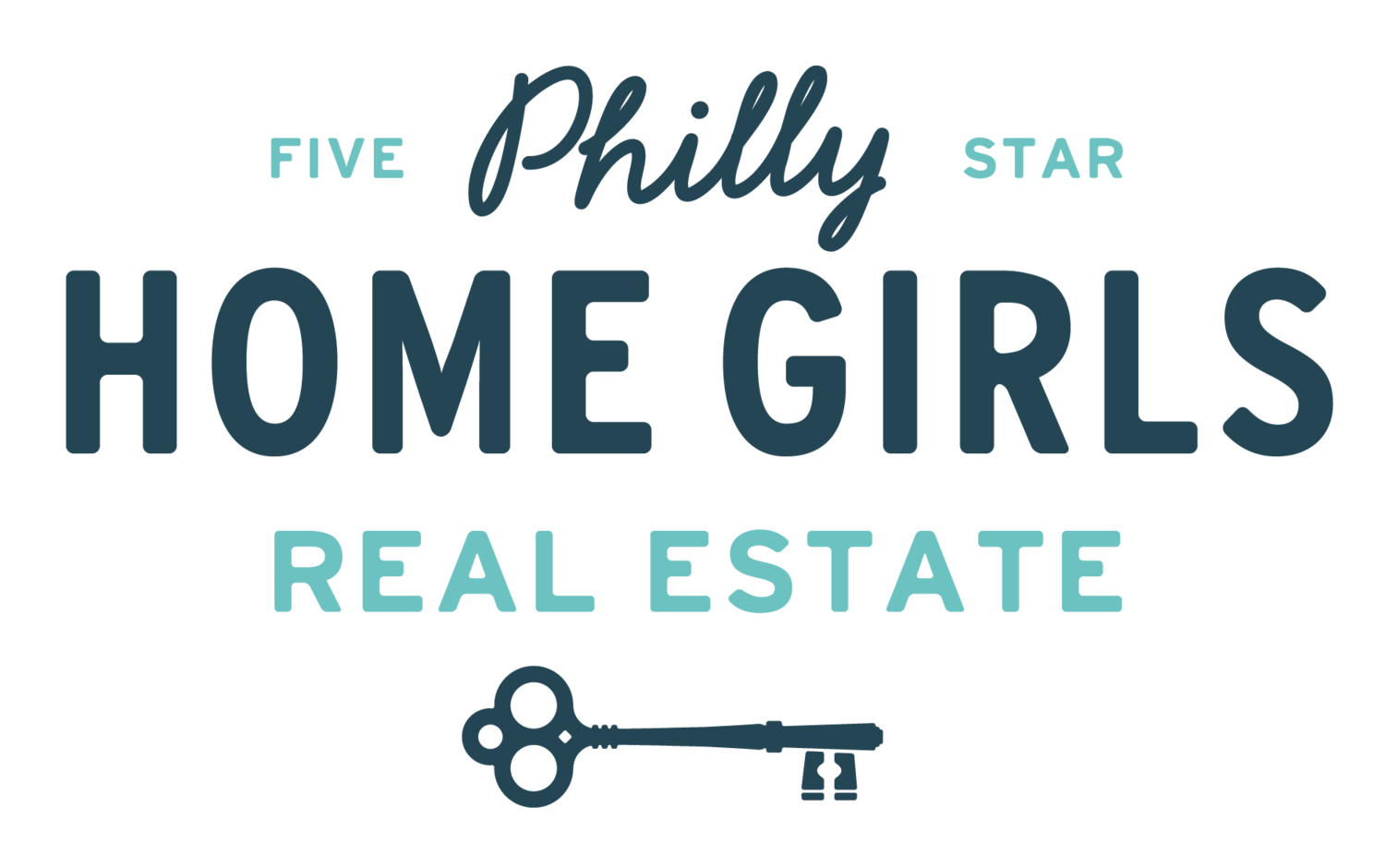Thinking about buying a home but not sure what your budget really looks like? Here are three simple ways to estimate how much house you can comfortably afford.
1. Lenders can usually approve you to borrow a little less than half of your monthly income, after subtracting your “obligated debts.”
Let’s break that down.
What are “obligated debts”?
These are monthly payments that show up on your credit report and that you’re legally required to pay, like car loans and credit card minimums. They are not the total monthly payment you make against your credit card debt, utilities, or rent.
Things like groceries, streaming subscriptions, or gym memberships don’t count, even though they affect your day-to-day budget.
Here’s an example:
Let’s say you make $96,000 per year. That’s $8,000 per month. Half of that is $4,000.
Now let’s say you pay $500/mo for a car loan and $250/mo in student loans. That’s $750 in obligated debts.
$4,000 - $750 = $3,250/month is the ballpark amount a lender might approve for your mortgage payment (including taxes and insurance).
Keep in mind, just because a lender approves that amount doesn’t mean you should borrow that much. It’s ok to borrow less than you’re approved for and stay within your budgetary comfort zone.
2. Use your current rent as a guide.
If you’re renting right now, this is an easy one. Take 80% of your monthly rent, and divide it by the cost to borrow $1,000/mo for a 30-year fixed loan.
Why 80%?
That’s a good rule of thumb for how much of your rent is going toward just the principal and interest on a mortgage. The other 20%? That’s what you’ll likely spend on property taxes and homeowners' insurance.
Here’s how it works:
Let’s say you pay $2,500 in rent.
80% of $2,500 = $2,000
Use the chart to test out interest rates. For example, at 6.72% interest rate costs about $6.49 per month to borrow $1,000 on a 30-year mortgage ( you use the estimated cost closest to that 6.72%, which in this case is 6.75%).
Take $2,000 ÷ $6.49 = $308,166
That’s the estimated loan amount you can afford. You’d then add in the remaining 20% of your rent ($500) to cover taxes and insurance. The price of $370,000 at 6.726% with 5% down works for a $2,500/mo budget before the condo fee, but after deducting your mortgage interest and with the inclusion of an elevator, and a dedicated, covered parking spot, maybe this truly is a good fit?
3. Work backwards from your lifestyle using the 28/36 rule
This is the most personal approach and is favored among lenders and financial planners.
28% of your gross monthly income should be the maximum you spend on housing (mortgage + taxes + insurance).
36% of your income is the limit for all monthly debts combined (housing + credit cards, student loans, car payments, etc).
Example:
If you earn $6,000/month:
28% = $1,680 → max mortgage payment (including taxes & insurance)
36% = $2,160 → max for all debts
This keeps your finances balanced and helps avoid buyer’s remorse.
Instead of maxing out your budget, think about how you want to live. Do you want money left over for travel, savings, or going out? Then don’t stretch to the top of your pre-approval.
Set a monthly housing budget that leaves room for the life you love, then use a mortgage calculator to figure out how much house that gets you.
Bottom Line
There’s no one-size-fits-all answer, but these three methods—your lender’s math, the rent rule, and your lifestyle—can give you a well-rounded idea of what you can truly afford. Want help running your numbers or seeing what’s possible in your price range? Let’s talk. Philly Home Girls will help you get ready and start house hunting. We will help you match your budget to the perfect home.


























